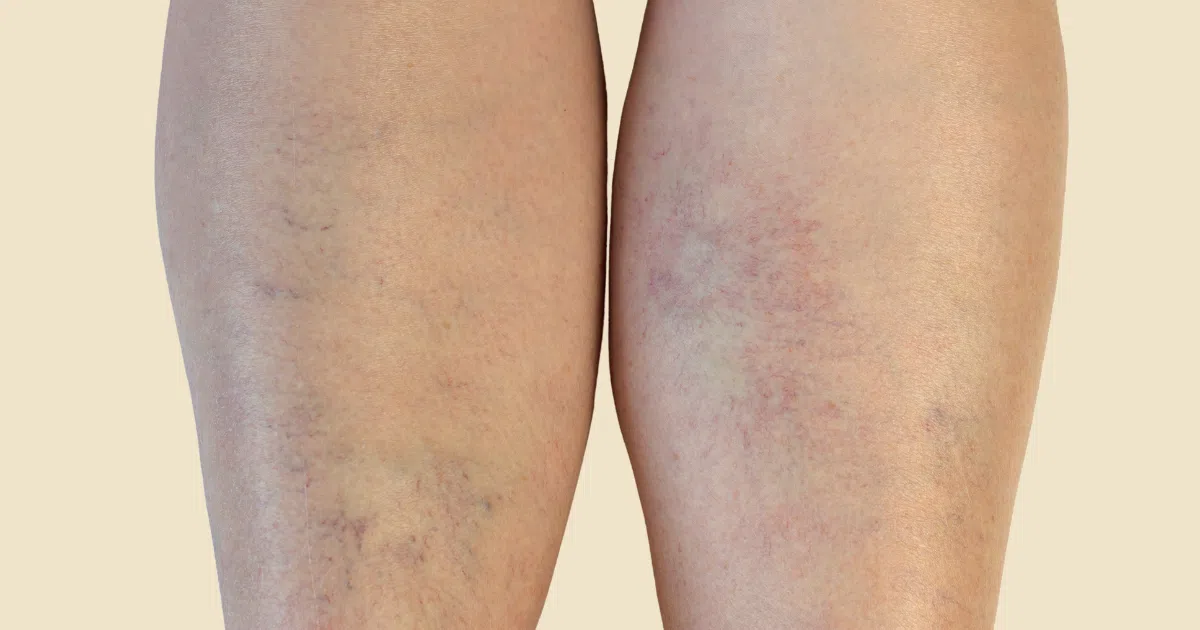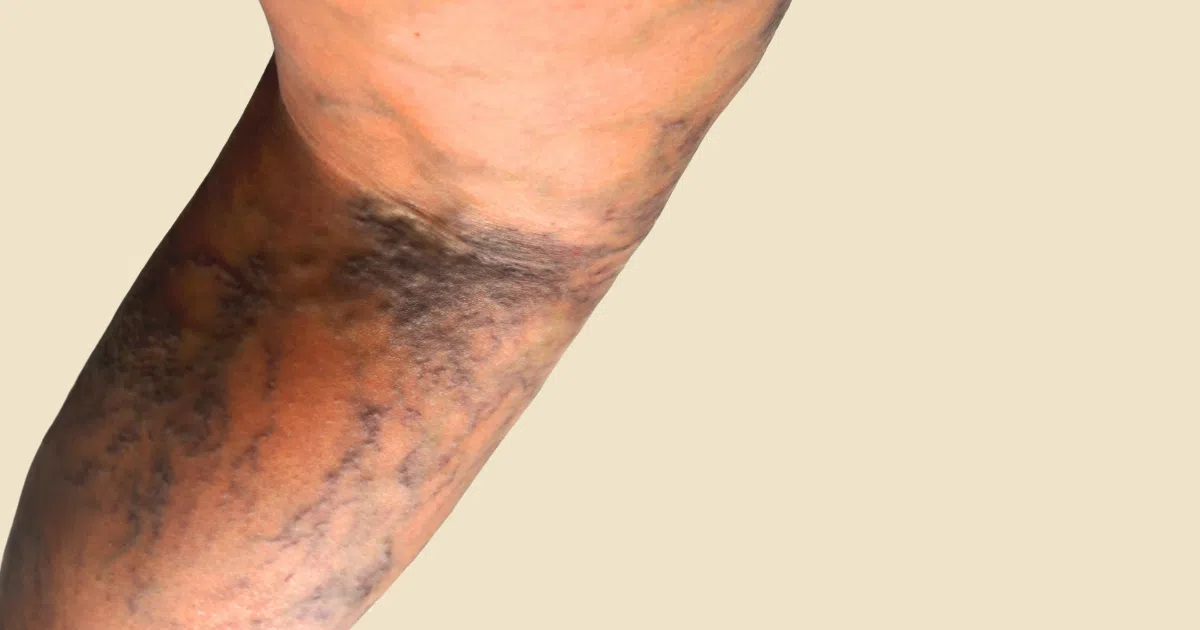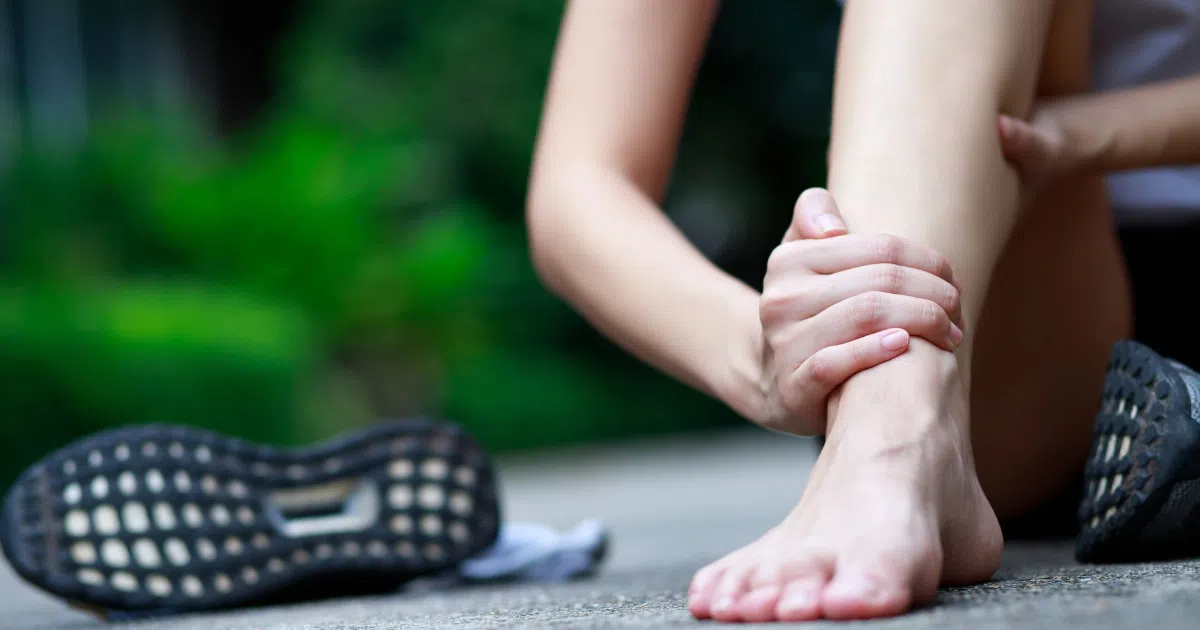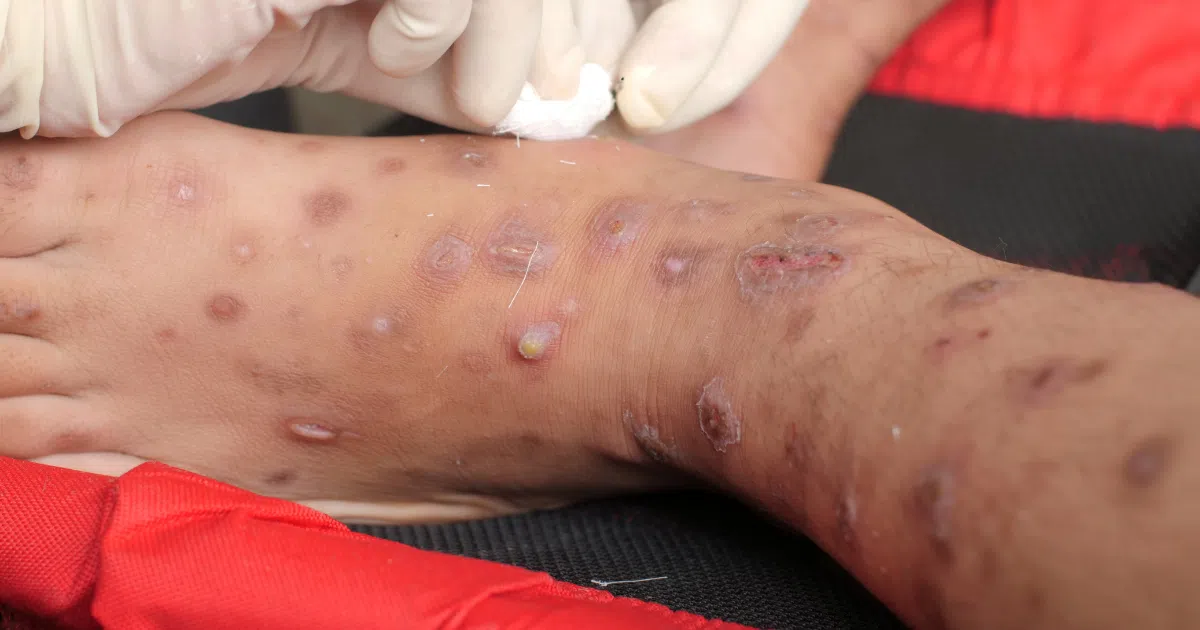When to Worry About Varicose Veins: Understanding the Progression of Varicose Veins
When to Worry About Varicose Veins: Understanding the Progression of Varicose Veins
If you are living with varicose veins, you probably do not enjoy the sight of them. Most varicose veins are indeed unsightly. However, they are usually not harmful or something to worry about. Unfortunately, for a select few, the formation and appearance of varicose veins may be a tell-tale sign that something else is going on below the surface, leading to a much more serious problem.
So, how do you know when varicose veins are simply an aesthetic problem or a sign of a serious health concern? In this article, we will discuss what they are, how they form, how to remove them, and when to worry about varicose veins.
SCHEDULE A CONSULTATION
"*" indicates required fields
What Exactly are Varicose Veins?
The word varicose means “swollen” or “unusually dilated.” Veins that are called varicose veins are visibly swollen. They are often blue or purple in color. Varicose veins form as a result of damage to the vein. When blood moves through the body, the veins carry it through each vein or blood vessel. If the valves that control the blood flow stop working, the blood will often pool in the veins. This additional pressure and backflow make the veins fill up with blood, bulge out, and start to twist. When the veins are closer to the skin’s surface, they are more visible. The primary cause is weak veins close to the surface of the skin.
Spider Vein or Varicose Vein: Understanding the Difference Between Spider Veins and Varicose Veins
Spider veins and varicose veins are often used interchangeably, but they are, in fact, different from each other. Spider veins, telangiectasias, are tiny veins on the skin’s surface. They are often red, blue, or purple. They are called spider veins because they appear to “web out” as they form. The veins are harmless and are not considered varicose veins. They can sometimes be a symptom of poor circulation, which can sometimes mean you are at a higher risk of developing more serious varicose veins.
It is important to note that not all spider veins turn into varicose veins. You can often remove spider veins with a simple cosmetic procedure. It is always a good idea to remove the spider vein as it forms to prevent it from ever turning into a varicose vein in the future.
SPIDER VEINS

SEVERE VARICOSE VEINS

The Varicose Veins Stages
Your varicose veins will go through stages. Some may stay within the same stage, but others may progress through the stages and become a more serious problem. This is why it helps to understand the different stages and understand what is and isn’t normal.
Stage 0: Healthy veins. No surface veins showing. No physical symptoms occurring.
Stage 1: Spider veins and varicose veins begin to develop. Pain common, usually from standing for long periods of time.
Stage 2: Varicose veins form. They itch, throb, and are heavy—mostly present while standing.
Stage 3: Advanced varicose veins with swelling of the lower legs. Poor skin health begins to develop.
Stage 4: Varicose eczema and leg ulcers form. Skin health is terrible and heavily affected.
What is Normal for Varicose Veins?
As we previously discussed, some varicose veins are normal and are not a serious condition. However, it is crucial to monitor your varicose veins and understand what is and isn’t normal, so you know when to seek the help of a vein doctor.
Harmful varicose veins can lead to more severe health conditions and concerns when left untreated.
First, it helps to know the symptoms. These are common symptoms of varicose veins:
- Severe and consistent leg pain
- Swelling of the legs, ankles, and feet
- Heaviness or dull aching in the legs often happens
- Red veins that feel warm to the touch
- Spontaneous bleeding from veins or bleeding from a slight injury
- Itchy and inflamed skin around veins
- Ulcers and open skin wounds that developed on their own
For some people, varicose veins never turn into a true health concern. However, they do have the potential to develop into a vein ailment or disease over the years if left untreated. These are considered more complex health concerns and can take years to form, so if you have varicose veins, it is a good idea to schedule consistent screenings to monitor their progression.
When to Worry About Varicose Veins and When to See a Vein Doctor
Varicose veins, if left untreated or unmonitored, can often turn into serious or even life-threatening conditions. You should seek the help of a medical professional or vein expert if you have a sudden increase in leg swelling or pain. These symptoms may indicate there is a more severe problem.
When left untreated, varicose veins can turn into a more serious, even sometimes life-threatening condition. When they are not treated, varicose veins can lead to the following:
Severe pain: Severe pain like a deep ache or heaviness in the limbs.
Muscle cramping: cramping occurs when blood pools in the veins instead of flowing through as it should. Leg cramps can happen at any time, mainly during the night.
Blood clots: Blood clots of phlebitis occur when veins become twisted, and the blood flow is not quick enough. Slow-moving blood will not break up, forming clots.

Itching and burning: Leaky blood vessels can cause your legs to itch. When little oxygen reaches the skin, the veins become very itchy, red, and inflamed.
Deep Vein Clot (Thrombus): DVT or deep vein thrombosis is common, especially for people with varicose veins.
Skin ulcers: varicose ulcers occur when blood does not circulate back to the heart correctly. As the blood backs up in the vein, pressure builds under the skin, causing an open wound to form.

Pulmonary embolism: Known as PE, this serious condition occurs when the lung artery is blocked. This blockage occurs when a blood clot goes through the bloodstream and into the lung—often causing permanent damage.
Lymphedema: When varicose veins start to damage the lymphatic system, Lymphedema occurs. This condition causes additional swelling in the feet and toes.
Cellulitis: If you experience Lymphedema, cellulitis often forms soon after. This is a serious skin infection of the soft tissue skin.
Venous stasis dermatitis: Another skin condition caused by unhealthy veins, causing the skin to look leathery and take on a reddish-brown color. In some cases, clear or yellow fluid begins to leak through the skin.
Dermatitis: This is an inflammation of the skin. Causing itchy rashes to form as a result of the varicose vein. Often found on the legs or ankles.
Peripheral artery disease: PAD occurs when the veins are not providing enough blood flow to the limbs. This condition is likely widespread throughout the body, affecting both the heart and the brain.
How to Keep Your Veins Healthy
Sometimes, your vein health is solely hereditary, but there are lifestyle choices you can make to improve the health of your veins. Try practicing these tips to ensure healthy veins:
- Don’t sit or stand for long periods—instead, move around frequently to keep your legs moving.
- If you must sit for long periods, get up every 30 minutes to walk around.
- Elevate the legs above the heart whenever possible. You can use pillows or the arm of a chair to support your legs.
- Commit to regular exercise to keep your blood flowing.
- Wear compression stockings.
Worried About Varicose Veins? See a Vein Specialist in Wyckoff and Closter New Jersey
If you’re worried your varicose veins may be a more serious health condition, we can help. The vein experts at Wellnessesity are trained and experienced in treating varicose veins, identifying vascular diseases, and helping you avoid serious health complications resulting from those veins. Our primary goal is to get to the source of the problem. This means we do not just treat the veins on the surface. We go below to make sure you are safe.
What happens on the surface often results from a bigger problem below the skin. It is best to see a vein specialist to examine and monitor your varicose veins. It is recommended to receive regular screenings as we get older. If you are experiencing any serious symptoms of varicose veins discomforts, you could be at risk for a vein disease. Do not hesitate to reach out for help. The vein experts at Wellnessesity are here to help. Call us now or reach out to us online to schedule a consultation. We proudly provide some of the best and top-rated vein treatments in the Wyckoff and Closter, NJ, areas.
Wyckoff (201) 347-9599 | Closter (201) 564-7061
SCHEDULE A CONSULTATION
"*" indicates required fields
